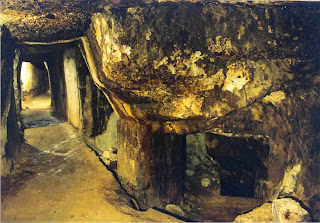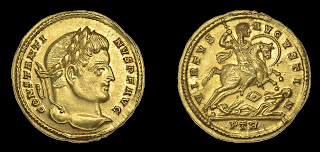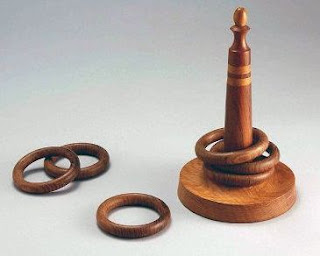Otto sent miners to to dig and open shafts; they settled in Goslar, the town just north of the mountain. Thus were the silver mines of Rammelsberg established in 968 (according to Widukind of Corvey, a Saxon historian). The mine became such an important source of imperial wealth that Henry II of Germany in 1005 had an Imperial Palace built in Goslar. The mines were used as an imperial bargaining chip and captured/destroyed/rebuilt over the years during different political disputes, but eventually became the responsibility of Goslar in 1359. Possession/control would keep changing over the centuries, including by the Hanseatic League, the Margraviate of Brandenburg, Henry V of Brunswick, the Kingdom of Hanover, the Kingdom of Prussia, and the Nazis in the 1930s.
The ores from Rammelsberg produced silver, lead, copper, and zinc. An estimated 30 million tons was extracted over the thousand-year period since its discovery, providing the silver for countless millions of coins, etc. It was closed down on 30 June 1988. Goslar has turned the Rammelsberg mine complex into a museum.
While on the subject of precious metals and coins, I said yesterday that I would tell you about a man with "too much" gold, and I will: tomorrow.




























